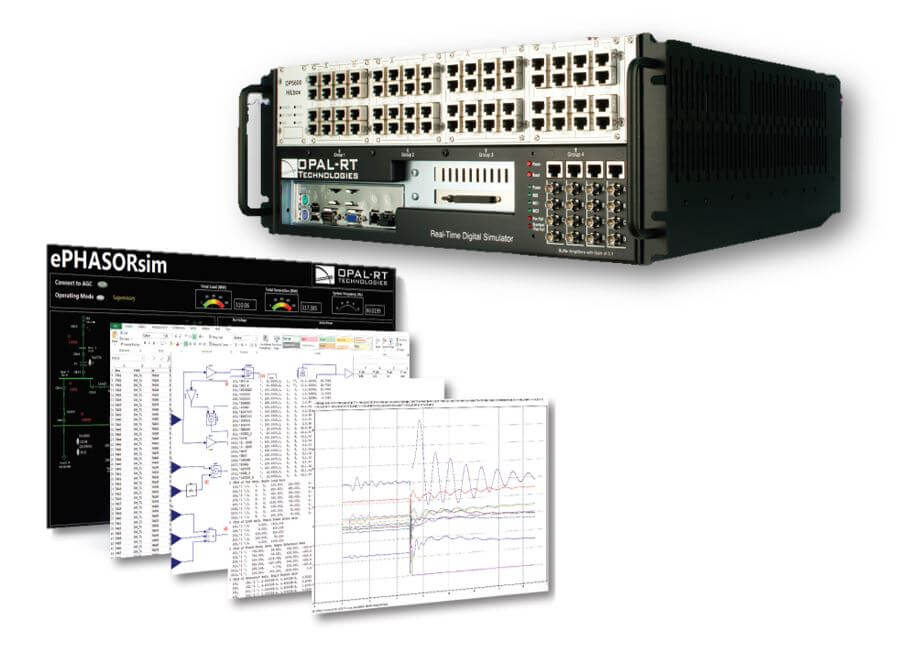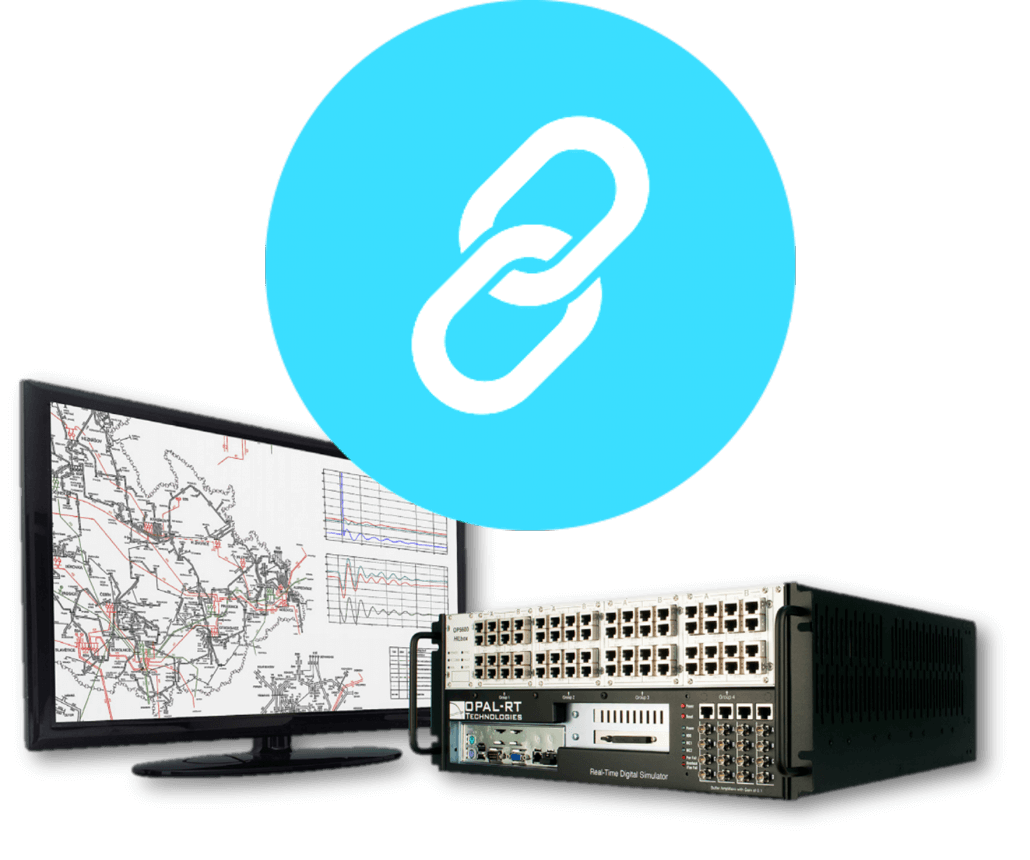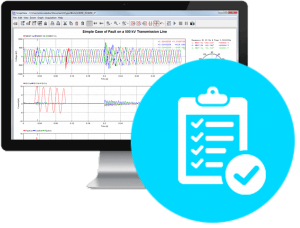Innovative Large-Scale Electromechanical Power System Real-Time Simulation
The highest penetration of renewable generation sources, the progressively overloaded transmission network, cybersecurity concerns are among the few factors that have increased the complexity of operation, monitoring, control and protection on power grids. More complex wide area controls require ever-more precise evaluations, studies, operation training and validation for future grids. Innovative systems like ePHASORSIM offer in-depth power system analysis to perform these tasks, with significant time savings.
ePHASORSIM is a tool for projects that involve dynamic simulation of power systems and is used for the testing and integration of EMS/SCADA systems, wide area protection and control schemes, training and power system studies.ePHASORSIM‘s phasor domain solver, performing at a typical time-step of few milliseconds, provides voltage and current information representing the same as phasor measurement unit (PMU) installed in the power grid. This unique electromechanical real-time simulation system enables precise simulation of large-scale networks within a real-time and faster performance.
















